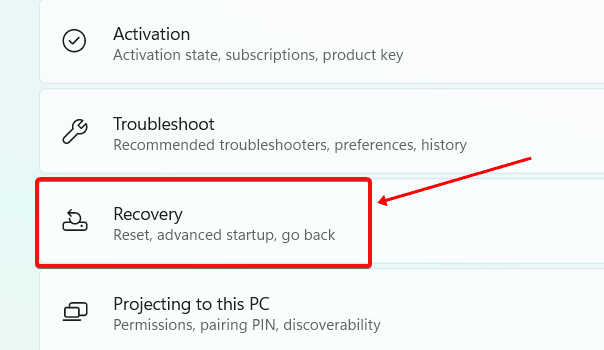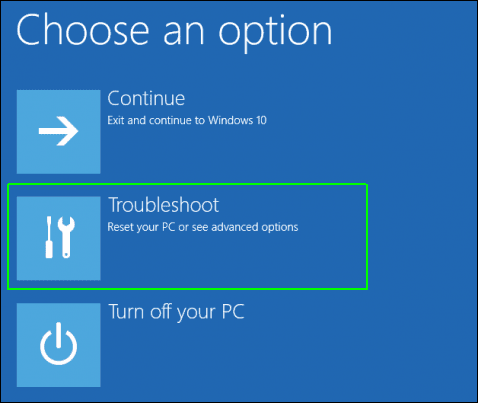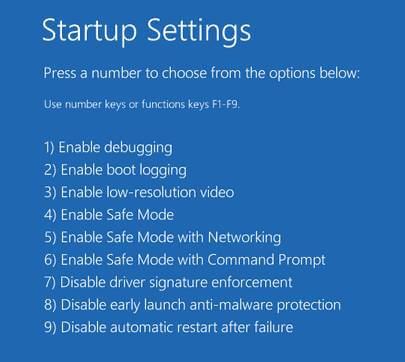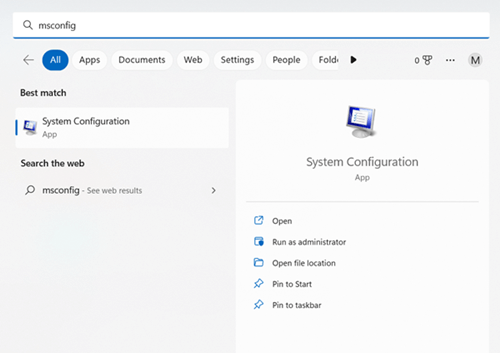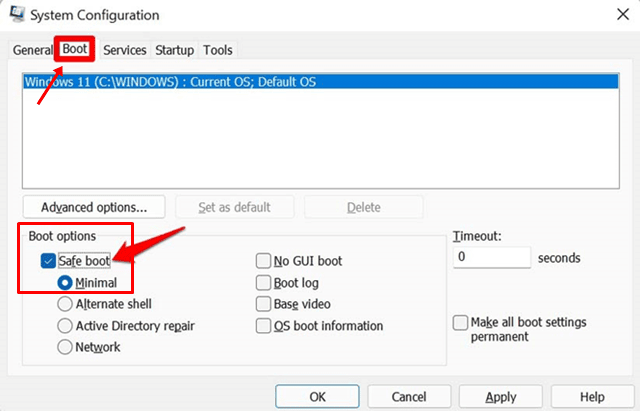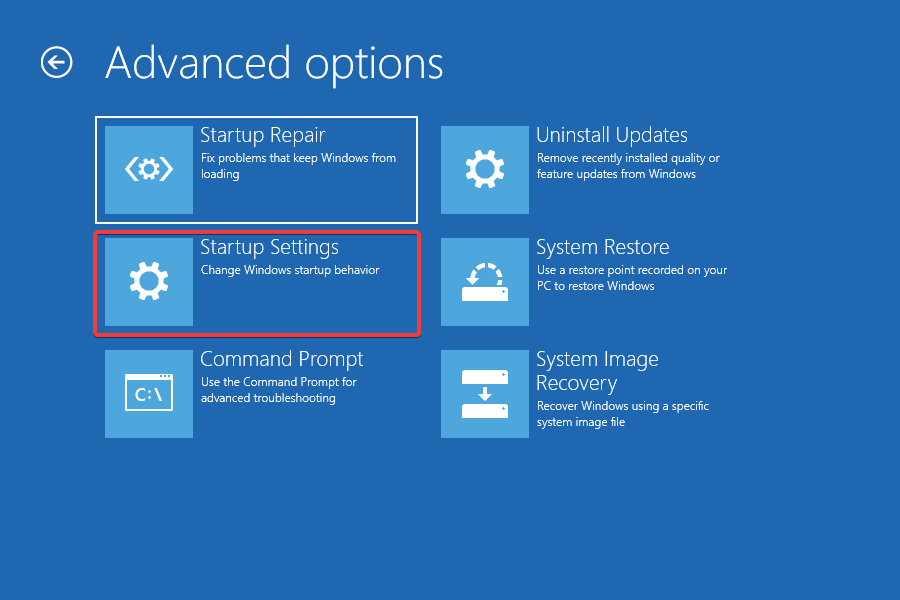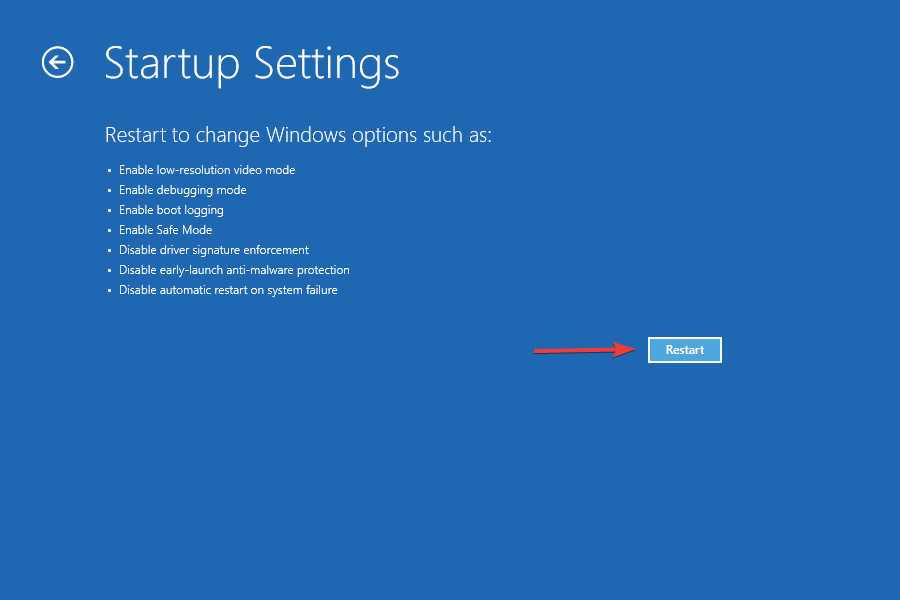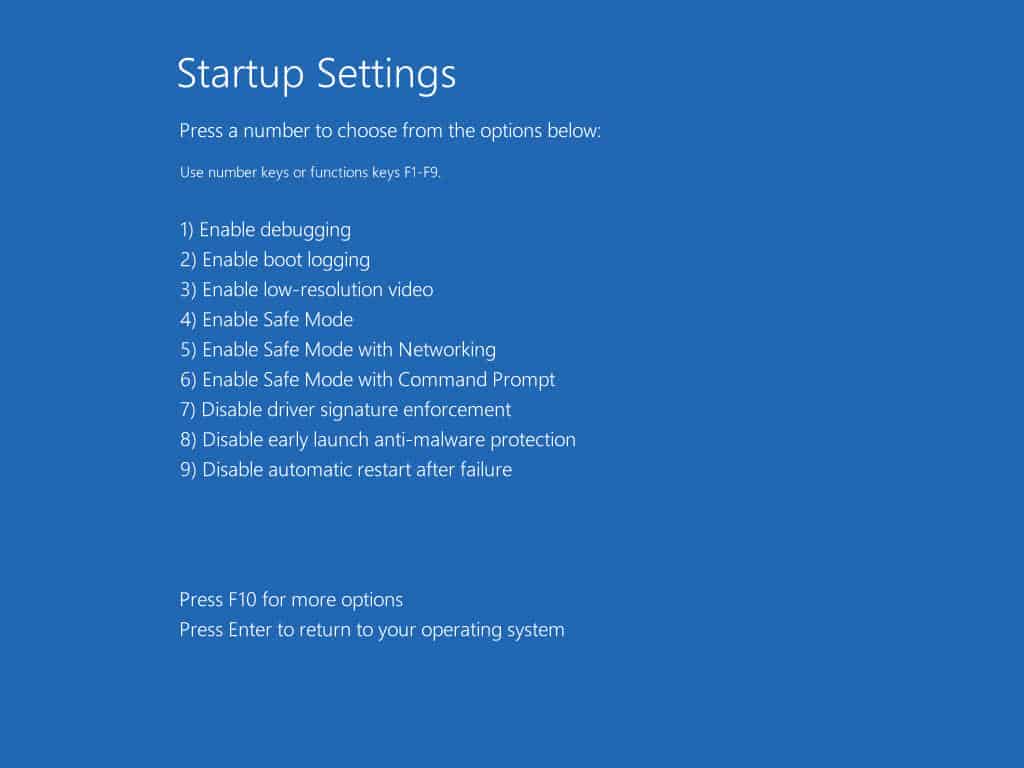When your computer isn’t running at peak performance, you may experience problems. An issue could be caused it by the operating system’s stability, a problem with a driver, or something else.
Perhaps you are unable to access the sign-in screen. In any case, starting the troubleshooting process by booting into Safe Mode is an excellent way to get things moving in the right direction.
When you boot into Safe Mode, only the programs and files required by Windows are loaded. There are no effects, and there is no complicated graphics driver, sound card, or other hardware.
Using this method, you can more easily determine the problem you’re experiencing. The following are a few options for getting into Safe Mode, ranging from the easy to the technically challenging.
There are several methods to boot into Windows 11 Safe Mode that we have listed in this guide, each of which has its own advantages. However, before proceeding to the methods, it is necessary to understand the different types of Safe Mode.
Types of Windows 11 Safe Modes
As of now, there are three types of safe Mode available. Below we have discussed that:
- Safe Mode: Here, only minimal drivers and no third-party applications are loaded, making it the most basic of all. Since only the most basic drivers have been loaded, the graphics aren’t particularly impressive, and the icons appear to be large and difficult to distinguish. Additionally, Safe Mode would be written in bold letters at the four corners of the display screen.
- Safe Mode with Command Prompt: When you choose this option, only the Command Prompt is launched, not the Windows GUI, which means that the only thing that appears on the screen is a Command Prompt window. Users can use this to perform advanced troubleshooting on their computers.
- Safe Mode with Networking: Network drivers will be loaded in this scenario in addition to the drivers and settings that were previously loaded. However, it is not recommended that you browse the web while Windows is booting in Safe Mode. This will allow you to connect to the internet while in Safe Mode.
Different Ways to Start or Boot Windows 11 in Safe Mode
1. Open Safe Mode from Settings
Opening safe Mode using the settings is the simplest way to do the same. Follow these simple steps:
- Press Windows key + I to open Settings.
- In the settings window, scroll down and click on Recovery.
- Next, beside Advanced Startup, click on Restart Now. Again click on Restart Now when a prompt appears.
- Once your PC restarts in Recover Mode, click on Troubleshoot >> Advanced options.
- Next, click on Startup Settings and a dialog box with different startup options will appear. Finally, click on the Restart button below.
- Now you will be welcomed with different options. Safe Mode will be listed as number 4. Use the number key 4 to start your PC in Safe Mode.
2. Using the Start Menu
Using the start menu to open Safe Mode is another simple way that includes fewer steps when compared to other methods. Follow these simple steps to do the same:
- First, click on the Start button on your taskbar.
- Now hold the Shift Key and click on Restart.
- Once your PC restarts, it will be in Recover Mode.
- Now click on Troubleshoot > Advanced options.
- After that, click on Startup Settings and a dialog box with different startup options will appear. Finally, click on the Restart button below.
- Now you will be welcomed with different options. Safe Mode will be listed as number 4. Use the number key 4 to start your PC in Safe Mode. (Note: Make sure Num Lock is Enabled)
3. Using the Command Prompt
Opening Safe Mode using the command prompt is tricky, but advanced users like doing this. If you are one of them, keep reading to amaze everyone:
- Press Windows + R key to open the Run dialog box.
- In the run dialogue box, type: cmd, and press Ctrl+Shift+Enter, to open a command prompt with Administrator privileges.
- Now type the below code and press Enter.
shutdown.exe /r /o
- You will receive a message informing you that Windows will be shutting down in a minute or two. Wait for a few moments for the system to enter the recovery environment.
- In the recovery environment, click on Troubleshoot, followed by Advanced options.
- Click on Startup Settings and a dialog box with different startup options will appear. Next, click on the Restart button below.
- Now you will be welcomed with different options. Safe Mode will be listed as number 4. Use the number key 4 to start your PC in Safe Mode.
4. Using System Configuration
System configuration is a handy utility tool that comes in all Windows. Using the System Configuration, we can start Windows 11 in safe mode. Here’s what you need to follow:
- Press Windows button, search for msconfig, and open it.
- Then, head over to the Boot tab.
- Next, tick the Safe boot first, and then Select Minimal from the Boot options.
- Now simply click on Apply, then OK.
- Within a second new window will appear. Click on Restart. It will start your Windows 11 in safe mode.
5. Using Automatic Repair
Automatic Repair is another Windows utility tool that helps to find any boot errors to resolve automatically. However, it’s another way to launch safe mode. Let’s follow this:
- First, close all tasks and long-press the power key to turn off your system.
- Then press the power key to turn it on. Before turning on the system completely, long press the power key again.
- Perform this forced shutdown process three times consecutively. After that, your system will boot up with Automatic Repair.
- Now click on Advanced options.
- Then, select Troubleshoot > Advanced options.
- Select Startup Settings.
- Now click on the Restart.
- You will get the Startup Settings list; Select Enable Safe Mode using the F4 key.
Well, that’s all we have here about how you can open Safe Mode in Windows 11 using different methods. We hope this guide helped you go into Safe Mode and detect technical issues with your Windows system.

